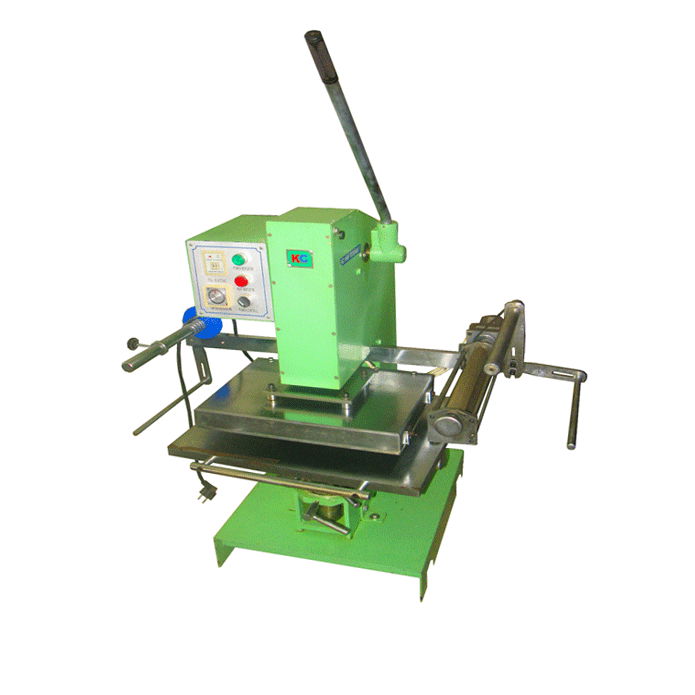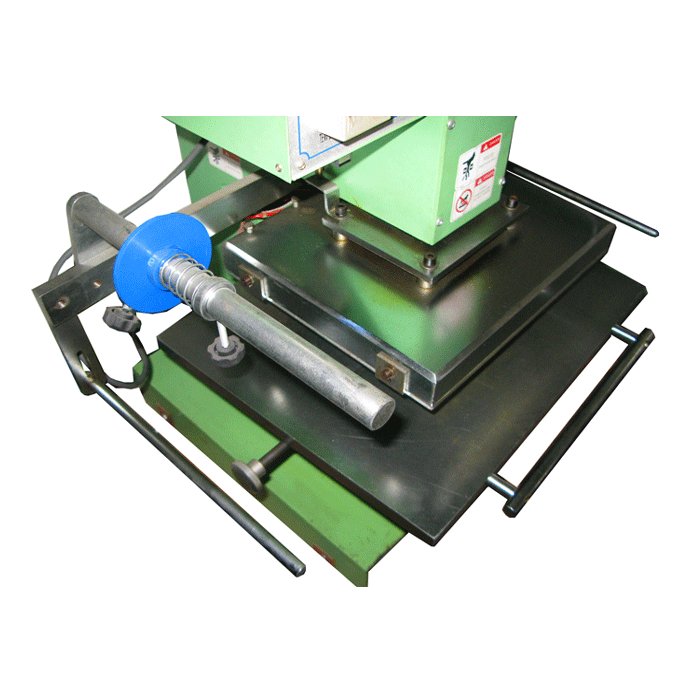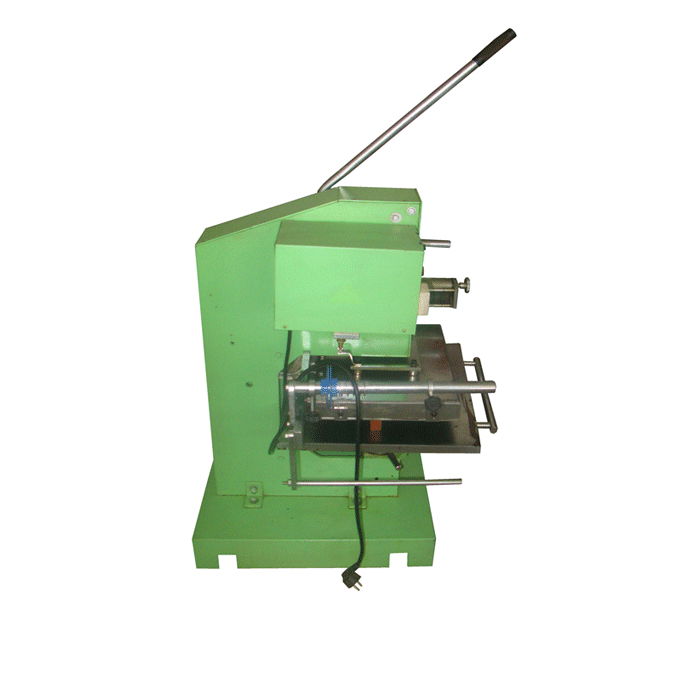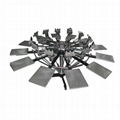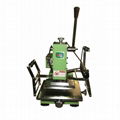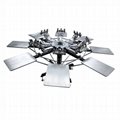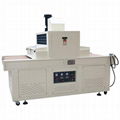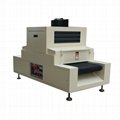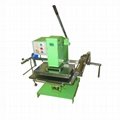| Model: | HM-TC3045LT |
|---|---|
| Brand: | KC |
| Origin: | Made In China |
| Category: | Industrial Supplies / Packaging Related Machine |
| Label: | hot stamper , hot stamping machine , hot foil stamping |
| Price: |
US $1618
/ pic
|
| Min. Order: | 1 pic |
Product Description
The semi-automatic hot stamping machine is mainly composed of the up and down of the hot stamping head, the conveying of the hot stamping paper, etc. We mainly name the hot stamping machine based on the control method of the hot stamping head up and down. Manual hot stamping machines are the simplest type of hot stamping machine. The conveyance of the hot stamping paper and the heating of the heating plate of the manual hot stamping machine still need electricity. The manual hot stamping machine is widely used in hot stamping processing in stores and small-scale factories, and can hot stamp most products such as paper, leather, plastic, and wood.
|
Manual hot stamping Machine //Structure |
||
|
Working table |
Manual in-out , size: 420*500mm. |
|
|
Stamping Head drive |
Manual , Level keeping pressure |
|
|
Foil collecting method |
Motor-drive , Collecting time adjustable |
|
|
Press |
Vertical press |
|
|
Temperature control |
Heater tube, automatically controlling |
|
|
Foil collecting |
Automatically collecting |
|
|
Press adjustment way |
Up-down of working table |
|
|
Manual hot stamping machine //Usage and characters |
||
|
Guide |
|
|
|
Application fields |
|
|
|
Manual hot stamping Machine //Parameter |
||
|
Technical parameters |
HM-TC3030LT |
HM-TC3035LT |
|
|
|
| HM-TC3040LT | HM-TC3045LT | |
|
|
|
|
Works supply |
|
|
|
Package list |
|
|
|
H.S.Code |
8443198000 |
|
|
Certificate |
CE |
|
|
Manual hot stamping machine //Advantage |
||
|
Function |
|
|
| Application: | The semi-automatic hot stamping machine is mainly composed of the up and down of the hot stamping head, the conveying of the hot stamping paper, etc. We mainly name the hot stamping machine based on the control method of the hot stamping head up and down. Manual hot stamping machines are the simplest type of hot stamping machine. The conveyance of the hot stamping paper and the heating of the heating plate of the manual hot stamping machine still need electricity. The manual hot stamping machine is widely used in hot stamping processing in stores and small-scale factories, and can hot stamp most products such as paper, leather, plastic, and wood. |
|---|---|
Member Information
| Dongguan KC Printing Machine Limited | |
|---|---|
| Country/Region: | Guang Dong - China |
| Business Nature: | Manufacturer |
| Phone: | 13592766499 |
| Contact: | Kelven Bai (General manager) |
| Last Online: | 30 Oct, 2024 |
Related Products of this Company
-
Octopus screen printing
US $4706
-
Card hot stamping machine-HM-TC1020C
US $441
-
8-Colour garment screen printer
US $2985
-
Tunnel Flat UV Curing Machine for paper
US $2082
-
Garment screen printer
US $2617
-
Tabletop UV Curing Unit
US $1150
-
TV frame Hot stamping machine(H-TC1520N)
US $2147
-
Servo Cylinder hot stamping
US $12880
-
Stalility hot stamping
US $8970
-
Manual Hot stamping machine-HM-TC3030LT
US $1350
